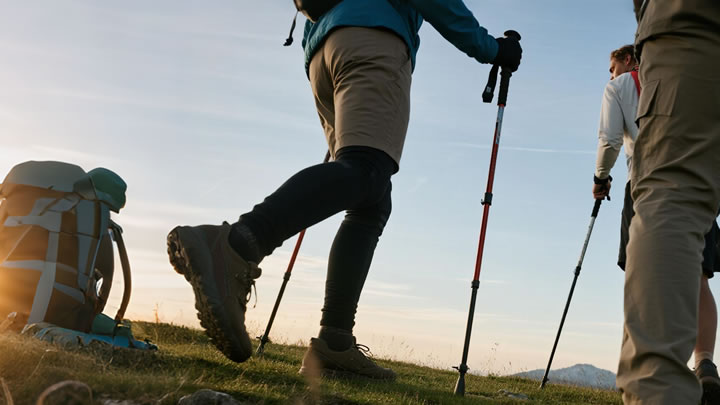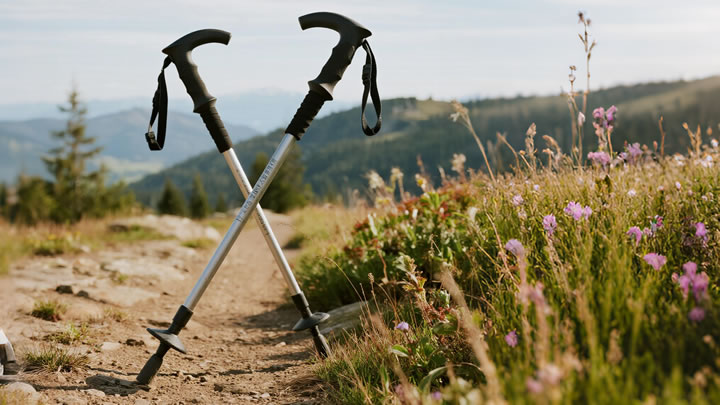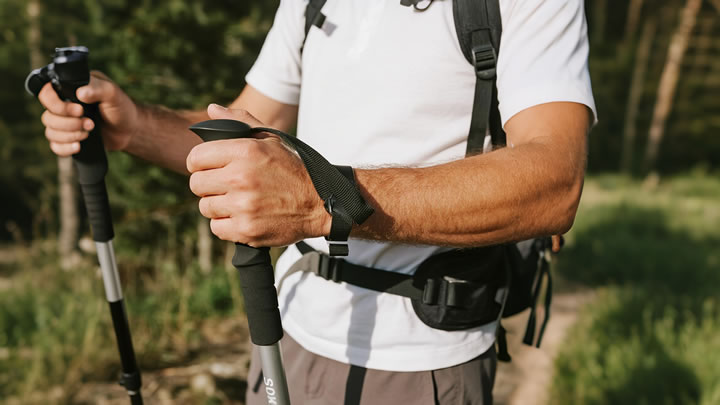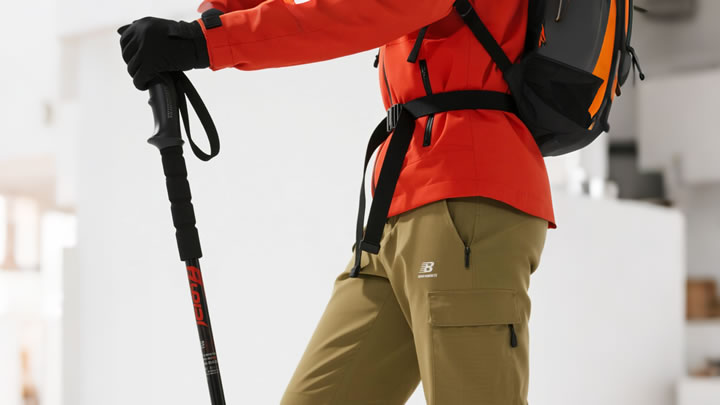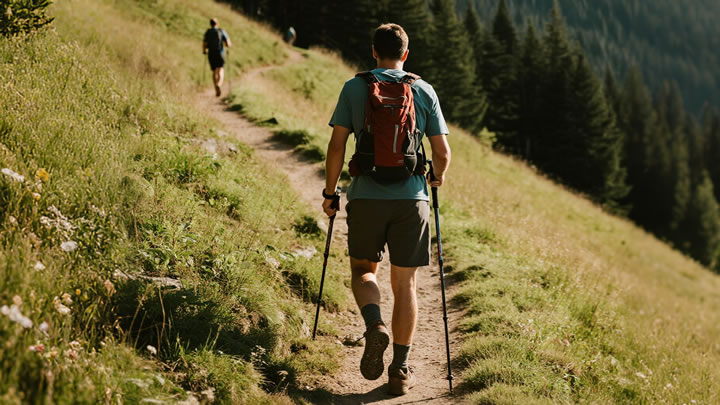How to make a camping hammock more comfortable?
Monday, July 7, 2025
Sleeping soundly in a hammock isn’t automatic—it demands strategic tweaks to conquer back pain, cold spots, and pressure points. Follow this ergonomic blueprint used by Appalachian Trail thru-hikers to transform your hang into a five-star backcountry bed.
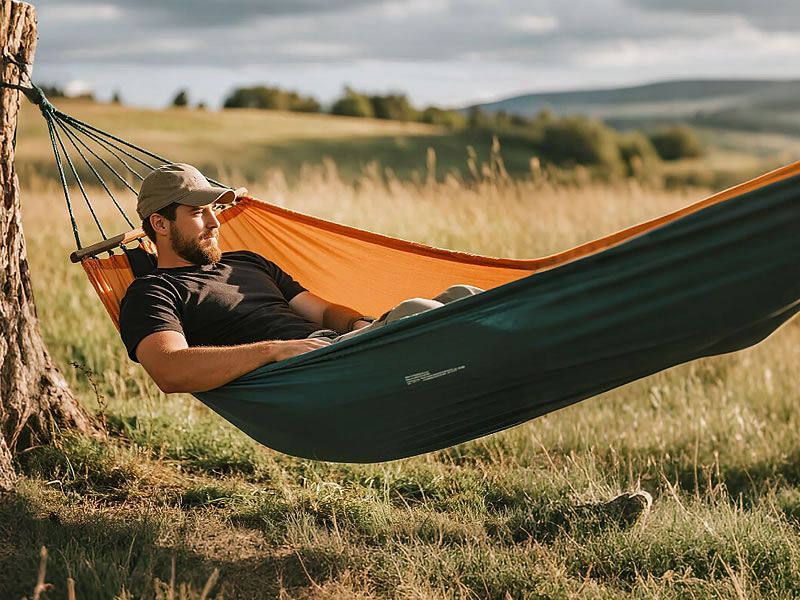
🧩 Master the Diagonal Lie (Non-Negotiable!)
- The Science: Lying parallel creates a banana-shaped spine. Angling 25°–30° flattens your back.
- Execution:Sit centered, then rotate shoulders toward one end.Extend legs toward opposite corner.Adjust until your body forms a slight "Z" shape.
- Prove It: Place a trekking pole along your spine—it should touch head, shoulders, and hips without gaps.
❄️ Win the War Against Cold Butt Syndrome
Problem: Conductive heat loss steals warmth 4x faster than air temp suggests (even at 65°F/18°C!).
Solutions:
| Method | R-Value | Best For | Cost |
|---|---|---|---|
| Underquilt | 3.0–5.0 | <40°F/<4°C; minimal setup | $100-$300 |
| Foam Pad | 2.0–2.8 | Budget; dual-use ground sleep | $15-$40 |
| Reflective Blanket | 1.5 | Emergency boost; weighs 2oz | $5 |
Critical Tip: Suspend insulation below the hammock—compressing it against your body destroys loft.
⚙️ Engineering Your "Sweet Spot"
- Sag Angle: Hang straps at 30° from horizontal. Too tight causes shoulder squeeze; too loose creates a calf ridge.
- Height: Position hammock 18–24" off ground—low enough for easy entry, high enough to avoid drafts.
- Head Elevation: Slightly raise the head end (6–8") to prevent sliding and aid breathing.
🛠️ 5 Instant Comfort Upgrades (Under $20)
- Knee Pillow: Stuff a fleece into a stuff sack for under-knee support (eliminates hyperextension).
- Bug Net Lift: Use shockcord to pull netting 12" away from skin—stops mesh bites and claustrophobia.
- Shoulder Shelf: Sew stretchy fabric panels to hammock edges (creates "wings" for arm support).
- Ridgeline Organizer: Hang a mesh pocket above for glasses/phone (no more twisting to reach gear).
- Footbox Fabric: Add a triangle of stretch nylon to the foot end—prevents "toe coffin" constriction.
📏 Hammock Dimensions Matter
- <10ft: Shoulder squeeze guaranteed (avoid!).
- 11ft: Ideal for hikers under 6’2".
- 12ft+: Needed for taller users or side sleepers.Test Note: Extra width (>60") improves fetal position comfort.
🌡️ Climate-Specific Adjustments
- Humid Heat:→ Use breathable 40D nylon (not polyester!)→ Skip underquilt; use 1/8" foam pad for minimal insulation
- Freezing Temps:→ Add a top cover (blocks wind but traps condensation)→ Layer a space blanket between underquilt and hammock
⚠️ Comfort Killers to Avoid
- Stiff Fabrics: 210D Oxford nylon feels like cardboard. Choose 20D–40D ripstop.
- Flat Lay Myths: "Level" hammocks cause hip strain—always angle head higher.
- Carabiner Straps: Metal chills your back via conduction. Use woven polyester straps instead.
🏆 Pro Recommendations
- All-Rounder: Dutchware Chameleon (11ft, customizable)
- Winter Warrior: Warbonnet Blackbird XLC (integrated footbox)
- Budget King: Wise Owl Outfitters (11ft, $45)

